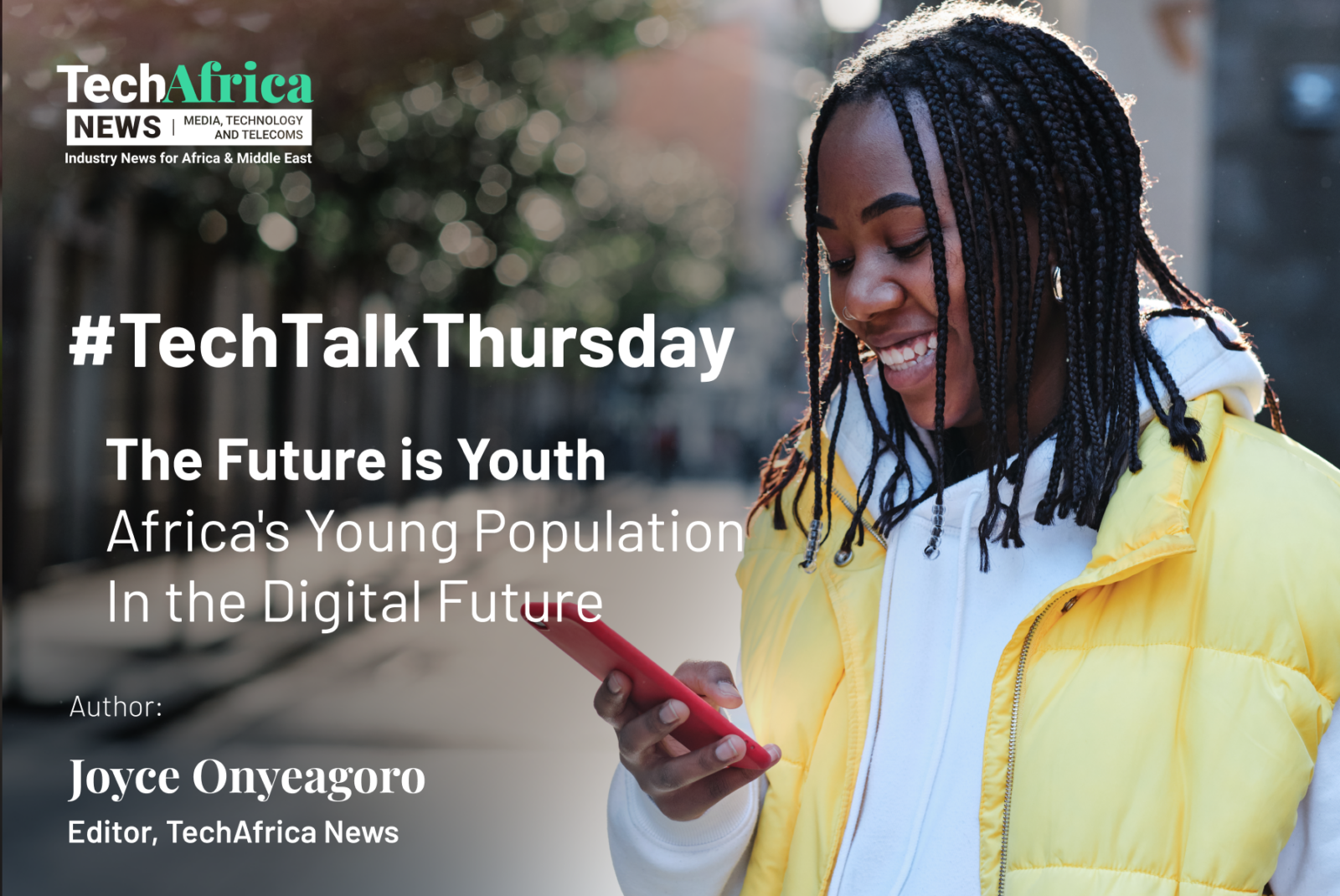
Africa boasts the world’s youngest population, with 70% of sub-Saharan Africa under the age of 30. Projections by the United Nations reveal the global population is on track to hit 10 billion by 2055, with 95% of that growth happening in low and middle-income countries. And within that growth, Africa stands out – it’s projected to contribute a massive 57% (or 1.4 billion people) to this population surge.
Sub-Saharan Africa, in particular, is poised for a population explosion, with projections suggesting it will double by 2050, representing a near 99% increase. This translates to a remarkable 60% of Africa’s population being under the age of 25, solidifying its position as the world’s youngest continent. This youthful surge will also significantly impact the working-age demographic, with a projected 62% falling within the 15-to-64 (working) age range.
This is beyond statistics —it’s Africa’s greatest asset. Here’s the truly transformative aspect: Africa’s youth bulge is far from a temporary phenomenon. Experts predict the continent will hold this title of “youngest region” well into the future, with a median age hovering around 25 years by 2100. Africa’s youth population itself is projected to reach a staggering 850 million by 2050, and by 2063, young people will make up half of the continent’s massive 2 billion working-age population.
This demographic shift presents an unprecedented opportunity. Africa has the potential to harness this young, energetic workforce to drive a digital and economic revolution. This youthful energy, if harnessed properly, has the power to fuel Africa’s digital and economic transformation.
However, this potential remains largely untapped. The challenge lies in empowering this vast youth population and ensuring they have the tools and resources to unlock their potential and transform Africa’s future.
Challenges Facing Africa’s Youthful Population in the Digital Landscape
Africa’s youthful population represents a wellspring of creativity and a powerful engine that could propel Africa towards a digital future. On the other hand, this demographic boom presents significant challenges that need to be addressed to unlock this vast potential.
In a recent interview with TechAfrica News, Robert Opp, the Chief Digital Officer of the United Nations Development Programme (UNDP), underscored the following point:
Africa is a very youthful continent and that means there are a lot of power forces of innovation out there. We see amazing things coming out of the local ecosystem. The challenge is that some real constraints face most countries in Africa, whether it be financing availability, issues related to the regulatory environment, or other policies. So here’s the good news which is plenty of youthful energy and intelligence, and the less good news is we have to work those constraints.
Robert Opp, Chief Digital Officer, UNDP
The Education and Skills Gap
While educational opportunities are expanding across Africa, many current programs lack the specific focus needed to equip graduates with the necessary technical skills for the digital age. Curriculums often fall short of providing job-ready programming skills, leaving young people ill-prepared to compete in the global tech market. This is particularly true in sub-Saharan Africa, where a study found that computer science graduates from most universities are not adequately prepared with the basics needed to start a tech career.
The Digital Divide
Unequal access to technology remains a major hurdle. Limited internet connectivity, particularly in remote and rural areas, creates a significant digital divide. This translates to limited access to information, educational resources, healthcare services, and economic opportunities that exist online. Furthermore, the high cost of data and internet services often exceeds the financial means of individuals and families, further exacerbating the digital divide. The lack of reliable and affordable infrastructure, such as Wi-Fi and electricity, further restricts young people’s ability to participate in the digital revolution and compete on a global scale.
Limited Funding
Access to capital remains a significant roadblock for many young entrepreneurs. Startups often struggle to secure funding from traditional financial institutions, hindering their ability to grow and innovate. The African Development Bank reports that only 20% of African SMEs have a line of credit from a financial institution. This lack of funding stifles innovation and restricts the ability of young minds to bring their ideas to life.
Regulatory Hurdles
Navigating complex and often-changing regulations can be a daunting task for young entrepreneurs. These regulations can stifle innovation and hinder the growth of new businesses. For example, regulations around data privacy, intellectual property, and mobile money can be particularly challenging for startups.

Opportunities: How ‘The Young Population’ Thrives Despite Hurdles
Despite the challenges of limited infrastructure, access to capital, and educational disparities, young Africans are still making significant strides. In 2022, Africa defied the global slowdown in venture capital investment, exceeding $3 billion invested in tech startups for the first time, and $2.4 Billion in 2023.
Africa’s lack of legacy infrastructure, often seen as a challenge, can also be a springboard for innovation. This “leapfrogging” phenomenon allows Africa to adopt the latest technologies without being hindered by outdated systems. The role of young Africans in driving this growth is multi-faceted. Their entrepreneurship is creating new markets, their innovative solutions are improving productivity, and their adoption of technology is increasing digital literacy across the continent.
For example, Young African developers are adept at leveraging mobile technology to create solutions tailored to the African context, bypassing the need for expensive and time-consuming infrastructure development.
Also, to fully harness the potential of Africa’s youth, efforts to bridge the digital divide are crucial. This will empower more young people to participate in the digital revolution and contribute their talents.
Recommendation: A Collaborative Approach
Unlocking the full potential of Africa’s young tech revolution requires a unified effort involving governments, international organizations, educational institutions, and the private sector. Governments and international organizations play a pivotal role in facilitating investments and shaping policies that foster competition while lowering the barriers to internet access.
By prioritizing investments in education and infrastructure, nurturing an environment conducive to innovation, and promoting broader digital inclusion, Africa stands to capitalize on the dynamism of its youthful population, steering itself toward a brighter digital future. As young African innovators devise solutions to address local challenges, their creativity has the potential to generate far-reaching benefits for communities worldwide.
This advanced future can become a reality through initiatives that promote accessible digital literacy training and specialized programs focusing on emerging fields like AI and big data. We are encouraged by steps taken to provide education, such as the Smart Africa Digital Academy (SADA).
Talking about the young Africans, that’s where the skills, reskilling, and upskilling come into play. We will never reach that point if we don’t go and reskill ourselves on the emerging technology (AI).
—Lacina Kone, CEO, Smart Africa
The potential exists, but its realization hinges on collaboration among leaders, entrepreneurs, and stakeholders from various sectors—public, private, and charitable. By harnessing Africa’s burgeoning young population as a source of human capital, both the continent and the global economy can reap significant benefits.











